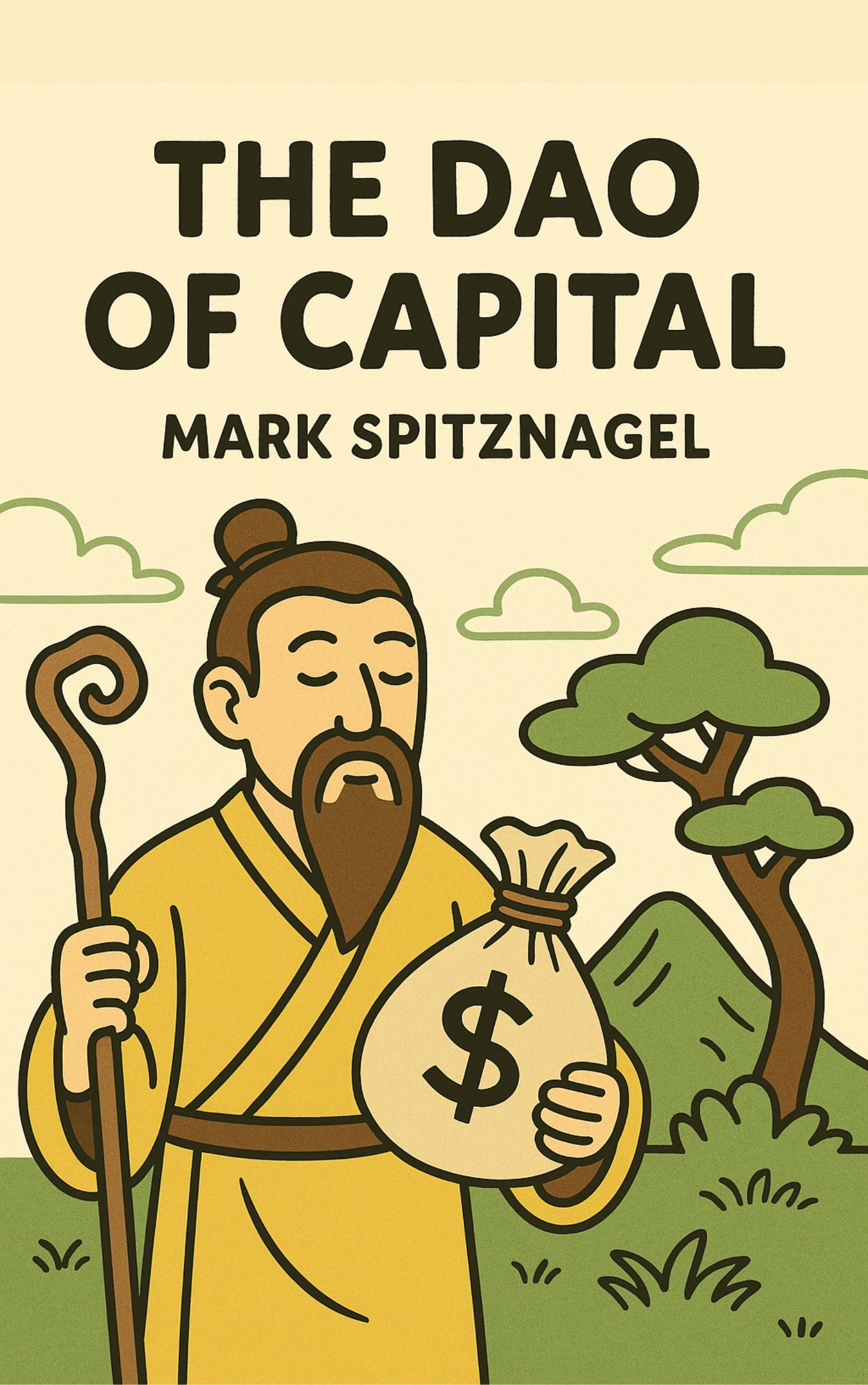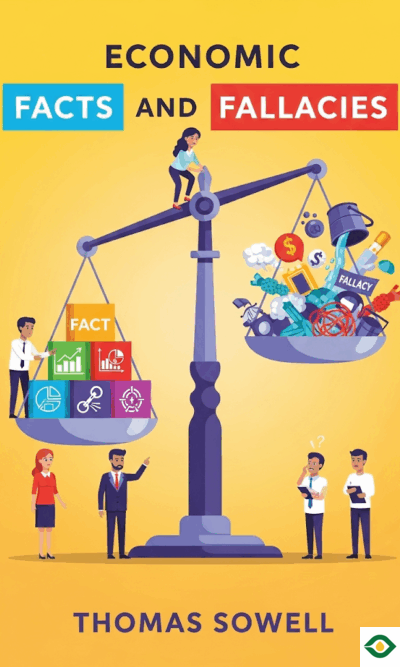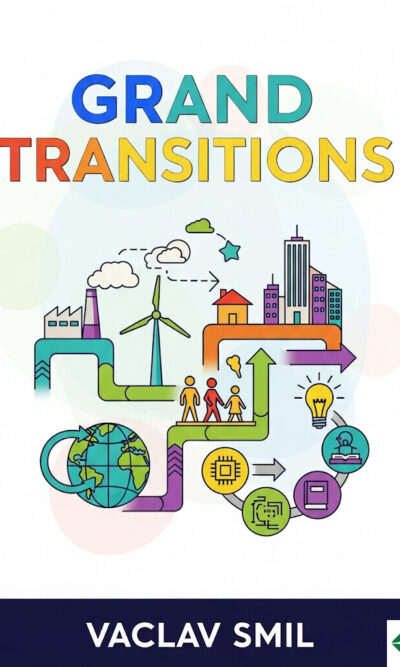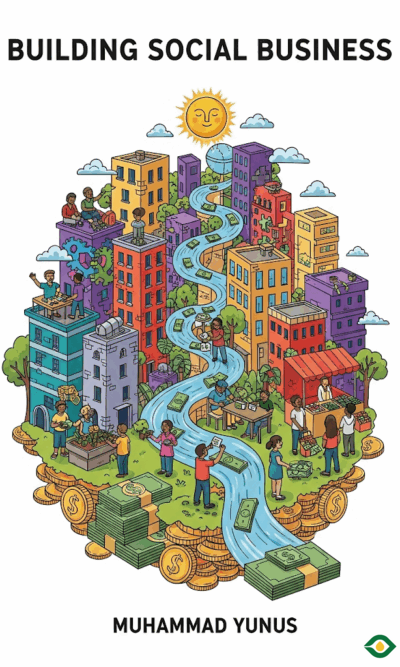Description
The Dao of Capital, written by Mark Spitznagel, blends two very different worlds: the ancient Chinese philosophy of Daoism and the modern principles of economics. At first glance, these ideas may seem unrelated. But when placed side by side, they show us something powerful: true success in markets, just like in life, often comes from patience, withdrawal, and waiting for the right moment instead of rushing for quick gains.
The heart of the book is about investing wisely. Most investors chase immediate profits, trying to make money as fast as possible. The Daoist approach, however, suggests the opposite: step back, avoid rushing, and embrace small sacrifices in the short run so you can secure far greater rewards in the future. This mirrors the Daoist concept of wei wuwei, which means “doing by not doing.” In other words, sometimes the best action is to hold back, prepare, and let opportunities come to you.
Spitznagel connects this idea to the Austrian School of Economics, a way of thinking that began in 19th-century Vienna. Austrian economists like Ludwig von Mises argued that markets are not fixed systems that can be easily predicted. Instead, they are ongoing processes shaped by human decisions, which are often unpredictable. Just like the Dao, the market flows naturally. To succeed in it, investors must respect its rhythm instead of trying to control it.
To explain this better, the book gives vivid examples. One famous illustration is Robinson Crusoe. When stranded on his island, Crusoe initially spends all his time catching fish with his bare hands. This works, but it’s tiring and inefficient. At some point, he decides to stop fishing and instead build tools. While doing this, he actually risks starving because he catches fewer fish in the short term. But once his tools are ready, he is able to catch more fish with far less effort. This is the perfect picture of the Daoist style of investing: accept a temporary loss to achieve a bigger and lasting gain.
Another real-world example is Henry Ford. Ford spent years investing all his money and energy into creating the assembly line. At first, this didn’t bring profits. In fact, it cost him dearly. But once the system worked, he was able to produce cars at a scale and speed no one had ever seen before. His patience and willingness to sacrifice immediate rewards led to long-term dominance in the automobile industry.
Nature itself also teaches us this principle. In forests, conifer trees like pines and spruces seem weak compared to faster-growing plants. They grow slowly, often in harsh places where other plants cannot survive. Yet, over time, their strong roots and resilience allow them to outlast competitors. When fires clear out space, conifers are ready to spread and thrive. Their strength comes not from rushing but from holding back, waiting, and being prepared.
The same wisdom applies to military strategy. Ancient Chinese generals, such as those who followed Sunzi’s The Art of War, emphasized winning by positioning and patience rather than brute force. They believed the highest victory is the one achieved without fighting. Similarly, in 19th-century Europe, Carl von Clausewitz taught that wars are won by weakening the opponent’s position step by step instead of rushing head-on. These lessons echo the Daoist principle of letting strength emerge from restraint.
In the modern market, this translates into understanding that crashes, downturns, and small losses are not always bad. Just like small fires in a forest clear out weak trees and make room for stronger growth, small failures in the market remove weak investments and free capital for healthier opportunities. Unfortunately, governments and central banks often interfere by printing money or trying to artificially control interest rates. This is like stopping small fires in a forest—it might look safe at first, but it actually builds up the risk of larger, more destructive disasters later.
Spitznagel argues that the market, like nature, is self-correcting. It doesn’t need constant intervention. The best investors are the ones who understand this and patiently wait until the market naturally clears out distortions. Then, they move in with their investments when the time is right.
One of the greatest challenges in following this path is human nature itself. People are wired to want immediate results. This is well illustrated by the Marshmallow Test, a famous psychology experiment. Children were told they could eat one marshmallow right away or wait and get two. Most children couldn’t wait, even though they knew patience would bring them more. Adults face the same challenge in investing. They want profits today, not years down the road. But those who learn to wait, like the few children who resisted temptation, can earn much more in the end.
So how do we put all this into practice? Spitznagel suggests a few steps. First, don’t rush into markets when they are distorted by artificial factors such as excessive government intervention. Hold your capital aside, just as Crusoe held back from fishing in order to build tools. Next, look for firms that reinvest heavily in research and development, even if their immediate growth looks slow. These are the companies that are likely to build strong foundations and eventually outperform others. Finally, pay attention to undervalued opportunities. The best chances are often ignored by the impatient majority, but they reward those who can wait.
The Dao of Capital is not just about money. It is also about a way of thinking. It teaches us that patience, restraint, and indirect paths often lead to the best results. Whether in forests, in war, in personal choices, or in investing, the greatest strength comes from not rushing. By stepping back, letting the world unfold naturally, and striking only when the time is right, we put ourselves in the best position for success.
In the end, the book’s message is clear: long-term profits and lasting advantages come not from chasing immediate wins, but from learning the art of waiting. This wisdom, rooted in ancient Daoism and sharpened by modern economics, is timeless. If we embrace it, we not only become better investors but also wiser in how we approach challenges in every part of life.





